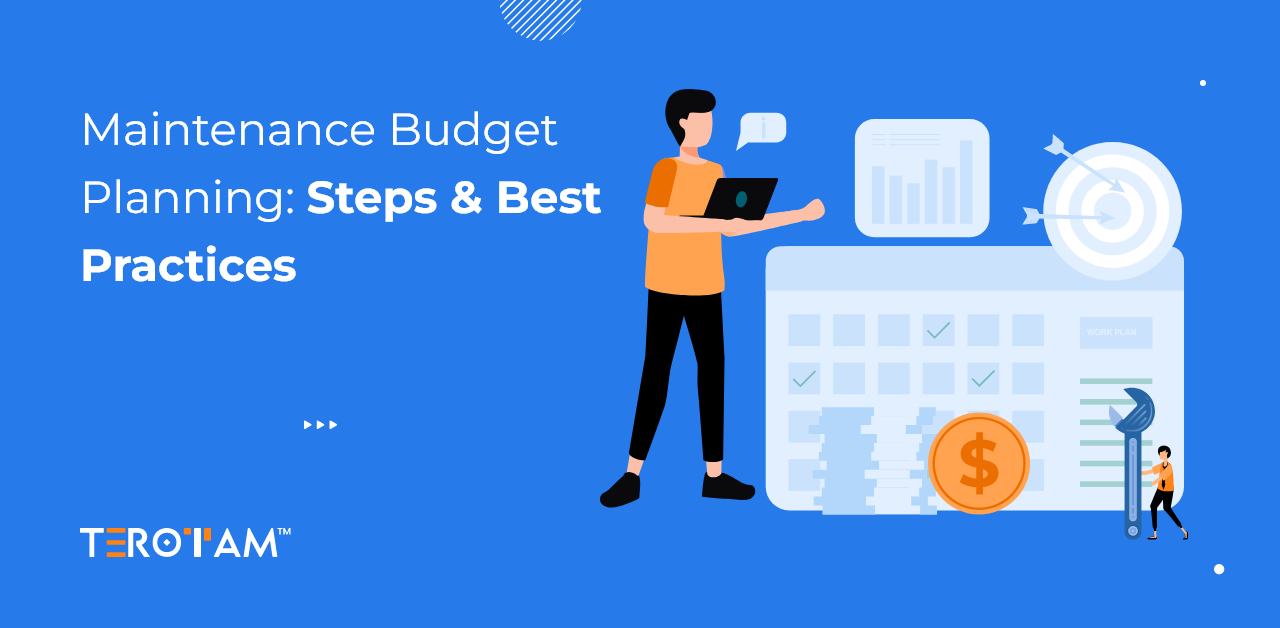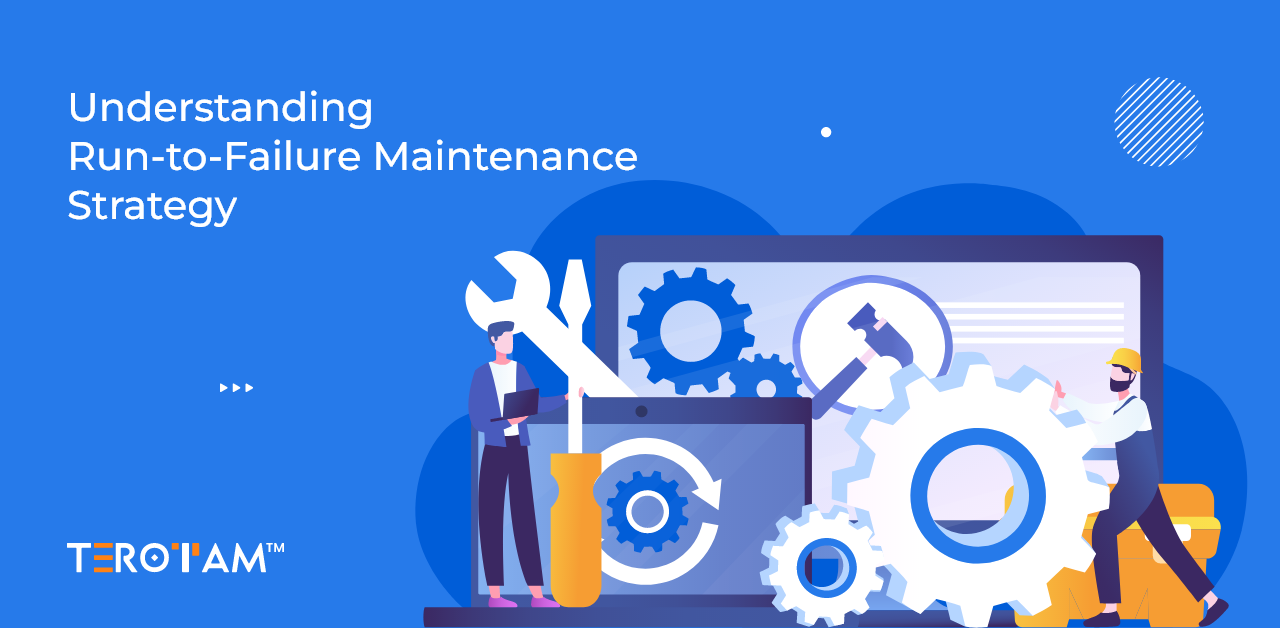Creating a maintenance budget is one of the most practical ways for a company to manage expenses, plan future work, and avoid surprise breakdown costs. Whether it is for a factory, building, fleet, or equipment, having a clear budget helps managers know how much to spend and where to spend. It also makes approvals and planning much smoother throughout the year.
Most companies struggle with budgeting because maintenance work is not always predictable. Some costs are fixed, like annual servicing or routine inspections, while others are unexpected, such as sudden breakdowns. A structured budget solves this challenge. This article explains how to prepare a maintenance budget step by step so that teams can control costs without compromising on safety or performance.
What is a maintenance budget?
A maintenance budget is a detailed plan that estimates the cost of all activities needed to keep assets, equipment, and facilities in good working condition during a specific period. It covers tasks such as routine servicing, replacement of worn-out parts, emergency repairs, and long-term upgrades.
It acts as a financial guide, helping managers allocate funds to preventive work while also keeping some amount aside for sudden failures. A good budget ensures that maintenance activities are not delayed due to financial shortages and that the organisation does not overspend in areas that can be managed better.
Steps to prepare a maintenance budget
Preparing a budget is not only about adding up last year’s expenses. It requires a structured approach that considers current needs, asset conditions, and the future goals of the business. The process can be broken down into the following steps:
1. Assess current assets and their condition
The first step is to make a list of all the assets that need maintenance. This includes machines, vehicles, tools, and even building facilities. After that, check their present condition and note down how often they need servicing. This helps in identifying which assets need higher spending in the coming year and which ones will require only routine checks.
2. Collect historical data and maintenance records
Look at previous maintenance records to find patterns. Past data tells you how often breakdowns have happened, what repairs cost, and how much preventive maintenance has helped reduce failures. These records act as a reference for planning a realistic budget instead of making rough guesses.
3. Categorise maintenance costs
Divide your maintenance costs into three broad parts:
- Preventive maintenance: Regular servicing and checks to keep everything running smoothly.
- Corrective maintenance: Minor repairs to fix issues before they become big.
- Emergency or breakdown maintenance: Costs that come from unexpected failures.
This simple categorisation gives clarity on where most of the money goes and how much should be kept aside as a safety reserve.
4. Include spare parts and consumables
Often, the cost of spare parts, lubricants, filters, and other consumables adds up to a big amount. These should be included in the budget. Listing them out in advance reduces the chance of shortages during urgent repairs.
5. Plan for manpower and service contracts
Maintenance work requires skilled people, either in-house technicians or external service providers. Estimate salaries, overtime, training costs, and AMC (Annual Maintenance Contract) fees, and add them to your budget. These are predictable expenses that can be planned accurately.
6. Add contingency for unforeseen expenses
Even the best-planned budgets face unexpected issues. It is smart to keep a small percentage of the total budget aside for sudden and unavoidable costs. This prevents major disruptions during the year.
7. Review and adjust with other departments
Once the budget is prepared, review it with finance, production, and management teams. Their inputs help to fine-tune the figures. Regular reviews during the year also help adjust spending if there are changes in production schedules or equipment usage.
Role of data-driven tools and CMMS software in accurate maintenance budgeting
Industrial maintenance planning today depends heavily on data gathered from connected machines, sensors, and maintenance software. A Computerised Maintenance Management System (CMMS) or an Enterprise Asset Management (EAM) platform collects information such as asset running hours, downtime trends, work order history, spare part consumption, and labour effort. This structured data becomes the backbone of accurate budgeting because it highlights where resources have been spent and where recurring costs appear.
Data-driven systems allow maintenance teams to move away from manual records and estimates. Through dashboards and analytics, managers can identify assets with higher repair frequencies, understand life cycle costs, and track performance indicators like MTBF (Mean Time Between Failures) and MTTR (Mean Time To Repair). These insights enable more precise forecasting of spare parts, tools, and manpower costs for the upcoming budgeting period, making the financial plan more realistic.
Integration of these tools with IoT sensors and ERP systems takes the process a step further. Real-time condition monitoring helps predict failures before they happen, so budgets can include predictive maintenance actions instead of only emergency funds. Linking CMMS data with procurement and finance modules also reduces errors, ensures timely approval of funds, and supports continuous cost control throughout the year.
How preventive maintenance planning improves budgeting accuracy?
In industries where equipment downtime leads to production losses, linking the maintenance budget with preventive schedules is one of the most effective approaches. A preventive maintenance plan defines routine inspections, part replacements, lubrication tasks, and calibration activities well in advance. These planned tasks allow managers to assign costs before the year starts, keeping a larger part of the budget predictable and controlled.
This connection between budgeting and preventive planning reduces sudden expenses that come from emergency repairs. Instead of reacting to failures, the team works on a schedule that minimizes unplanned stops. Over time, this also extends the life of machines and reduces the amount of reserve funds needed for breakdowns.
- Scheduled inspections allow allocation of fixed costs in advance.
- OEM-recommended servicing cycles are added into yearly financial planning.
- Replacement of wear parts can be planned based on equipment usage.
- Preventive work reduces unplanned downtime and costly production halts.
- Better planning avoids over-purchasing of spare parts and consumables.
- Budgeting linked to preventive strategies improves asset reliability forecasts.
Tracking and reviewing maintenance budget during the year
Budgeting is not a one-time job done at the start of the year. To keep it effective, tracking is needed at regular intervals. Comparing actual expenses with planned amounts every month or quarter helps to detect overspending early.
If there are repeated breakdowns or a sudden spike in costs, this tracking process highlights them quickly. Managers can then adjust future spending or request extra funds before the situation becomes unmanageable.
Conclusion
A well-planned maintenance budget helps companies save money, reduce breakdowns, and ensure that assets stay in good condition throughout their life cycle. It requires a detailed study of past records, current asset conditions, and future requirements. Once created, the budget should be monitored and adjusted regularly for best results.
If you want to simplify maintenance planning and cost control, consider using a CMMS software that brings all data, schedules, and expenses into one place. For more details, you can reach us at contact@terotam.com








